© 2025 MJH Life Sciences™ , Patient Care Online – Primary Care News and Clinical Resources. All rights reserved.
10 Questions on Slightly Strange Medicine
Take this brief test to find out what you know about conventional studies that had unconventional findings.
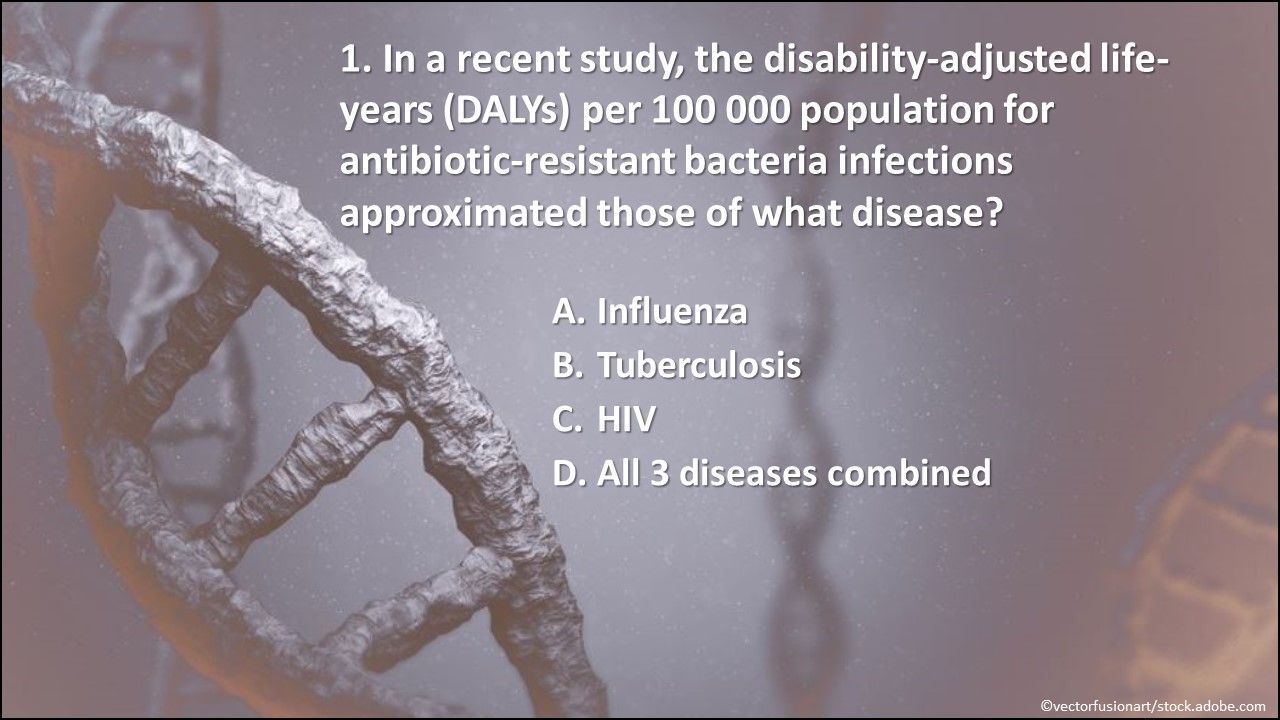
Question 1. In a recent study, the disability-adjusted life-years (DALYs) per 100â000 population for antibiotic-resistant bacteria infections approximated those of what disease?
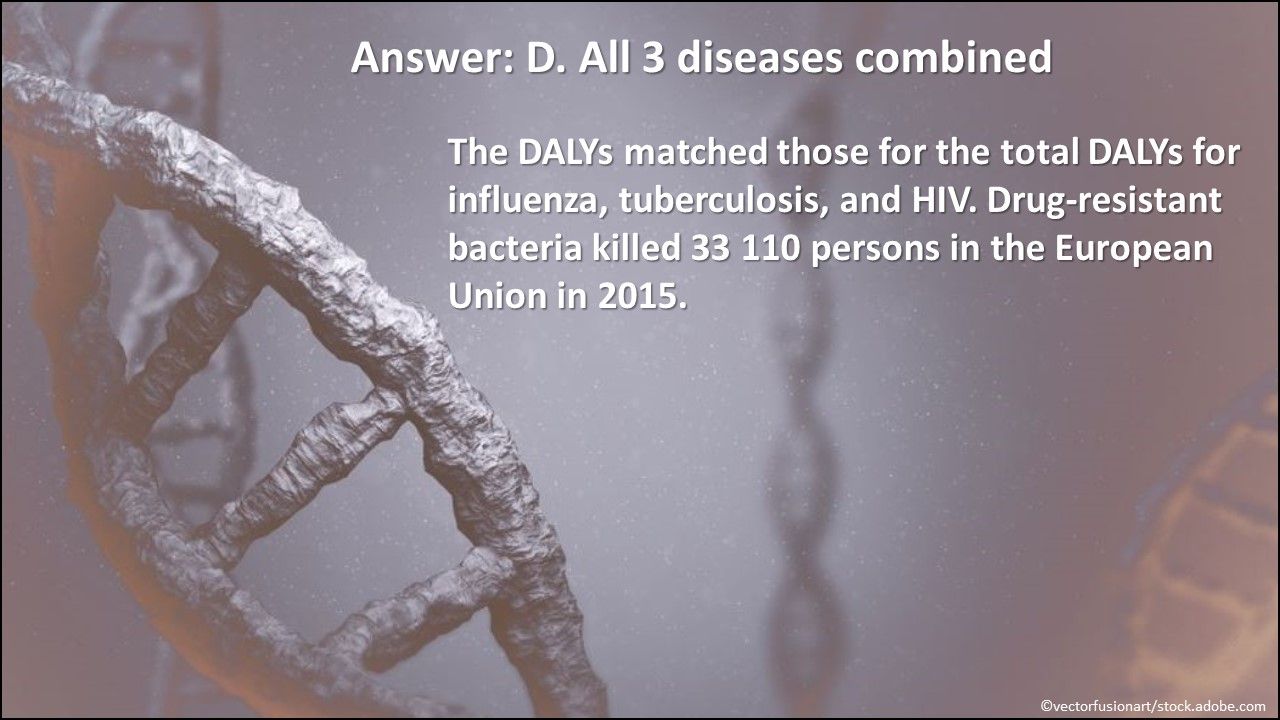
Answer: D. All 3 diseases combined. In the first study to estimate the burden of all types of infections with antibiotic-resistant bacteria expressed in disability-adjusted life-years (DALYs), the DALYs per 100â000 population for antibiotic-resistant bacteria infections approximated those of influenza, tuberculosis, and HIV combined.

Question 2. Which of the above did researchers recently find may offer cardioprotective benefits for older adults?
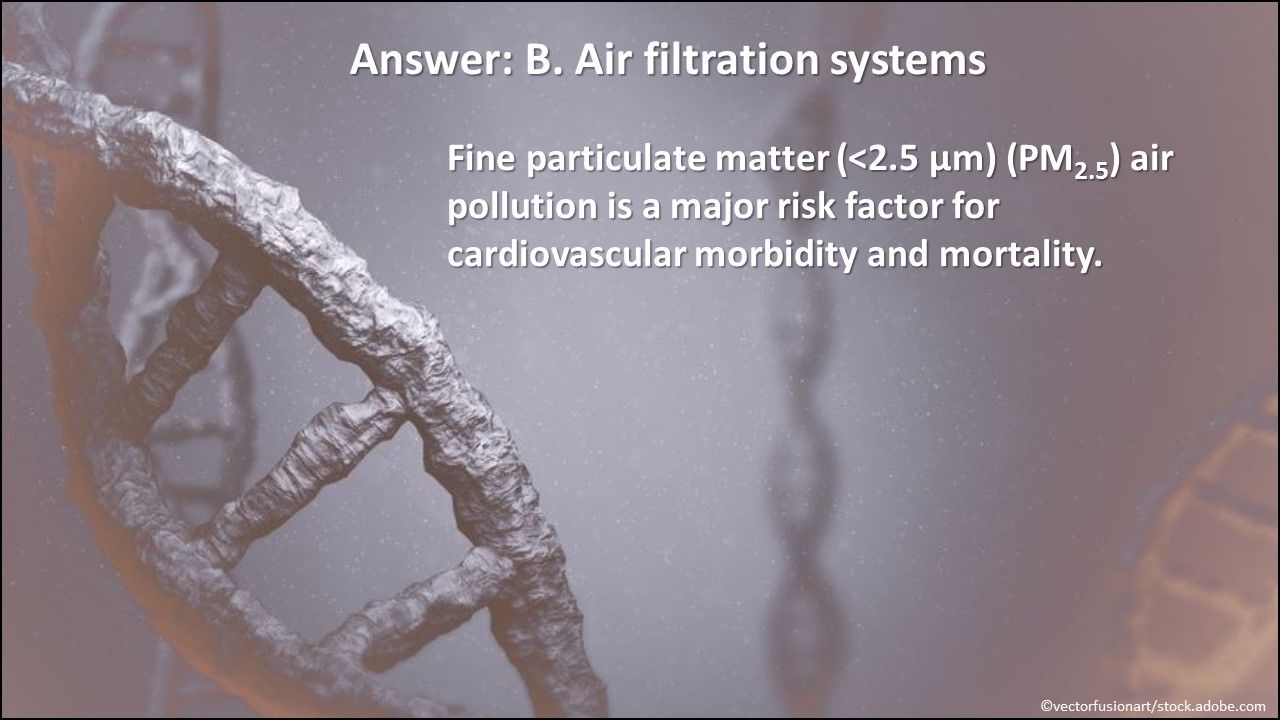
Answer: B. Air filtration systems. Fine particulate matter (<2.5 μm) (PM2.5) air pollution is a major risk factor for cardiovascular morbidity and mortality. Short-term use of air filtration systems was found to reduce personal exposures to fine particulate matter and systolic blood pressure in senior citizens living in a low-income residence.

Question 3. Obesity induces robust peroxisome proliferator-activated receptor-driven lipid accumulation in natural killer cells and thus impairs which of the above?
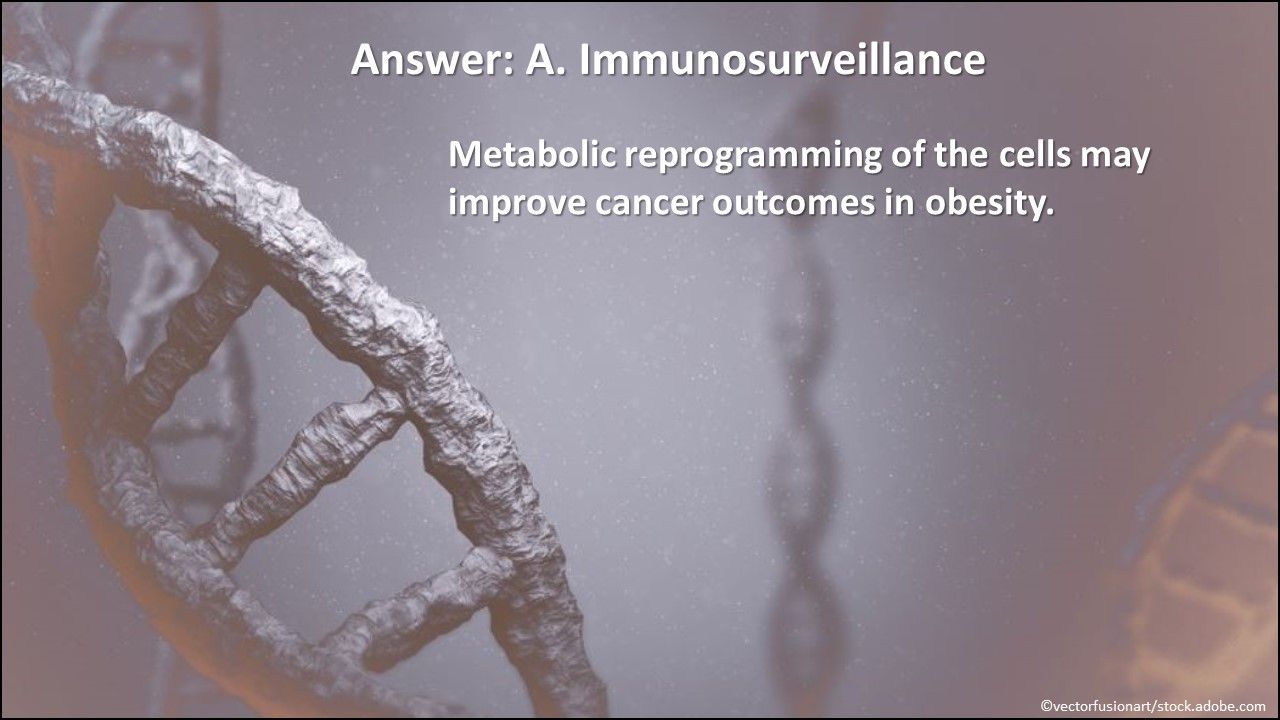
Answer: A. Immunosurveillance. A recent study found that obesity induces robust peroxisome proliferator-activated receptor-driven lipid accumulation in natural killer cells and thus impairs immunosurveillance. Metabolic reprogramming of the cells may improve cancer outcomes in obesity.

Question 4. Which dietary approach above did investigators recently recommend for more healthful eating?

Answer: D. Double portions of healthy snacks. For more healthful eating, authors of a new study recommend offering large portions of healthy foods first, followed by small portions of less healthy food.
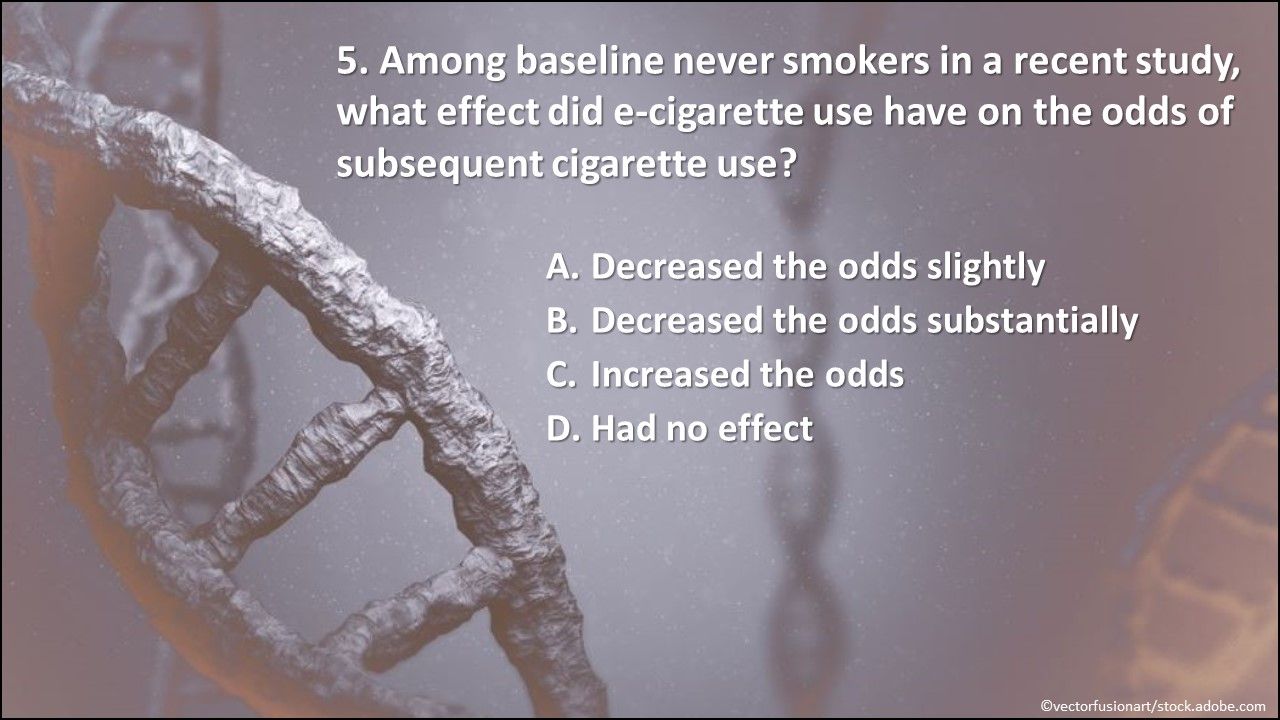
Question 5. Among baseline never smokers in a recent study, what effect did e-cigarette use have on the odds of subsequent cigarette use?
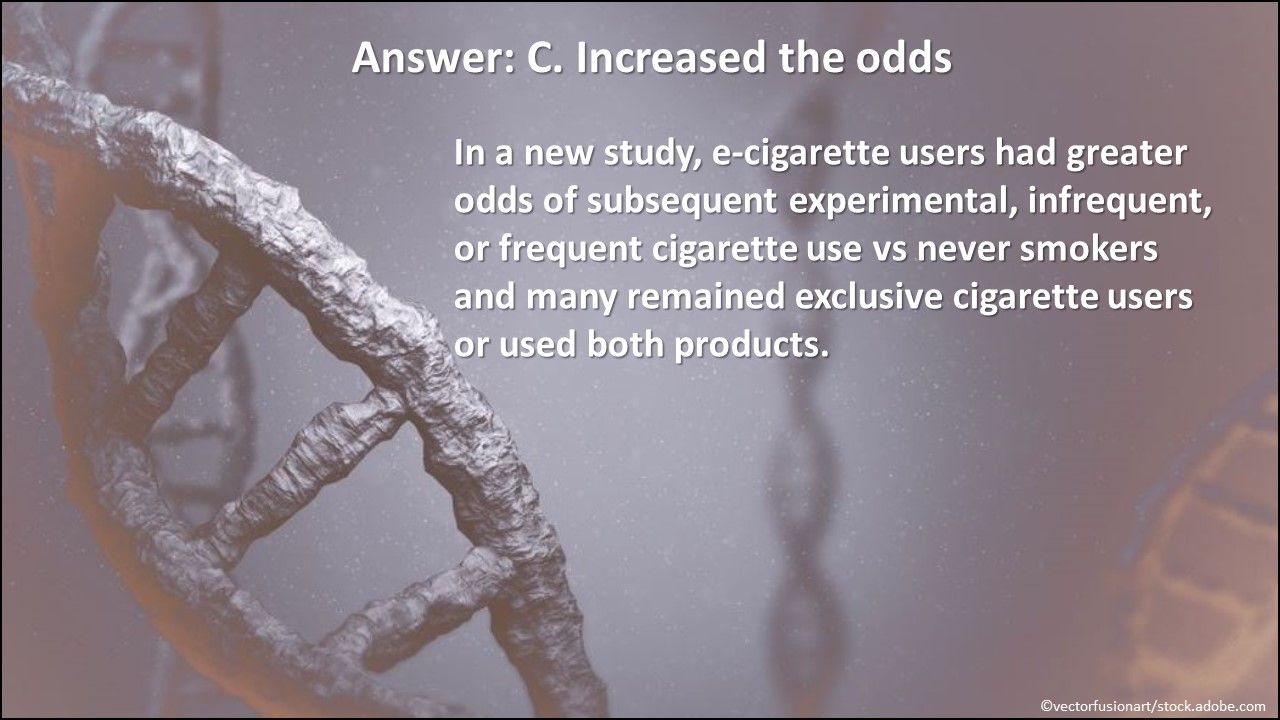
Answer: C. Increased the odds. In a new study, e-cigarette users had greater odds of subsequent experimental, infrequent, or frequent cigarette use vs never smokers and many remained exclusive cigarette users or used both products.

Answer: B. Blue. In a recent study, blue light exposure significantly decreased systolic blood pressure and increased heart rate vs control.
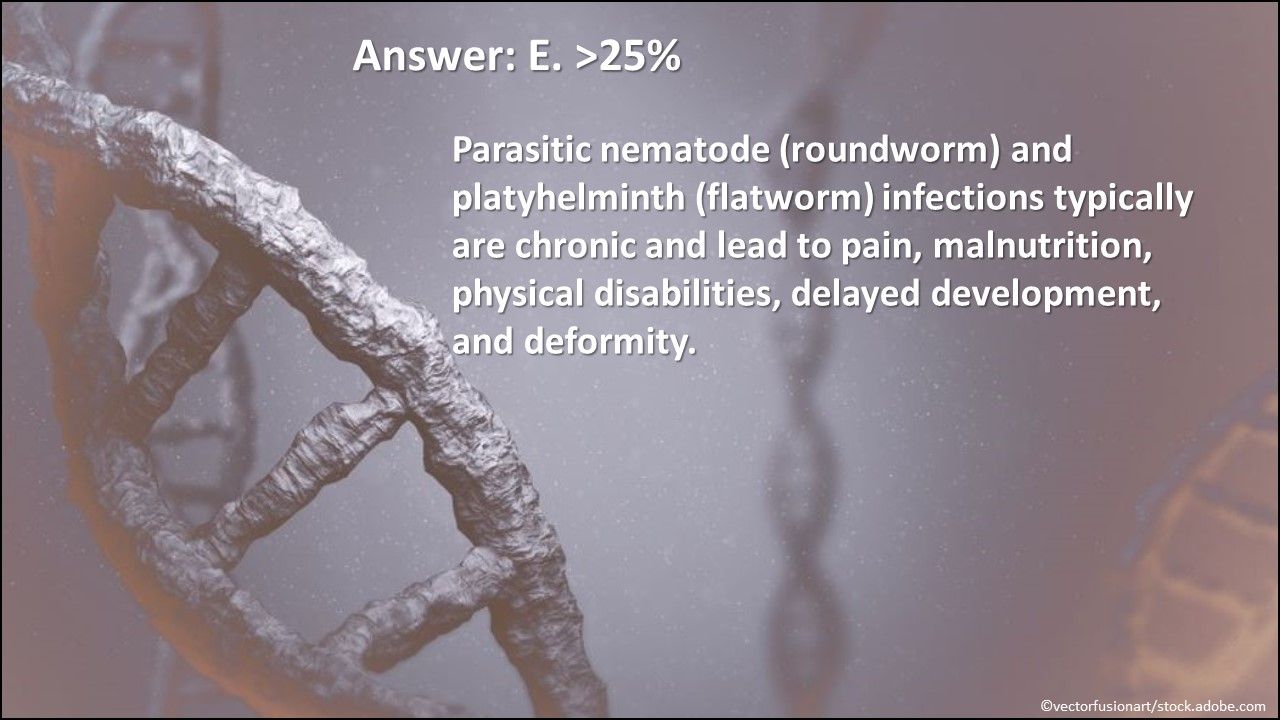
Answer: E. >25%. More than one-fourth of humans have parasitic nematode (roundworm) or platyhelminth (flatworm) infections, which typically are chronic and lead to pain, malnutrition, physical disabilities, delayed development, and deformity.

Question 8. Removal of what organ decades before the onset of Parkinson disease is associated with a lower risk of the condition?
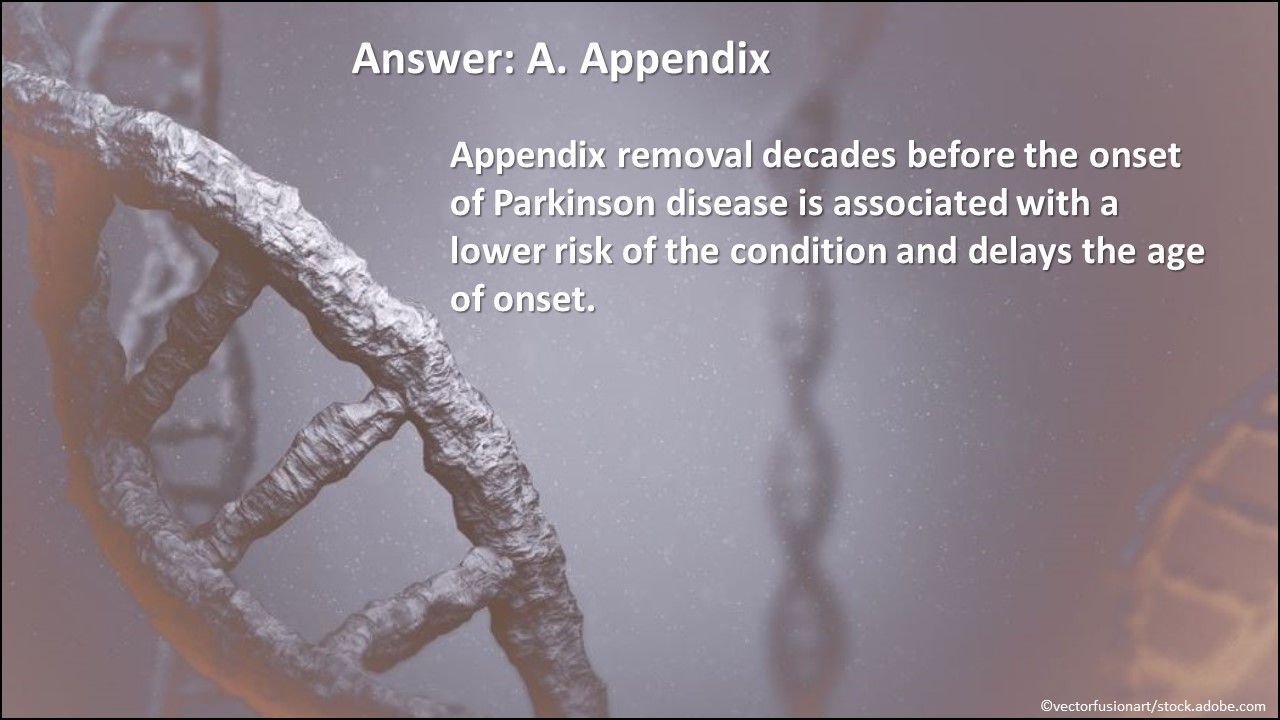
Answer: A. Appendix. Appendix removal decades before the onset of Parkinson disease is associated with a lower risk of the condition and delays the age of onset.

Question 9. In half of patients with hepatitis C, modeling-based response-guided therapy might shorten the standard 12-week direct-acting antiviral treatment regimen by how much?
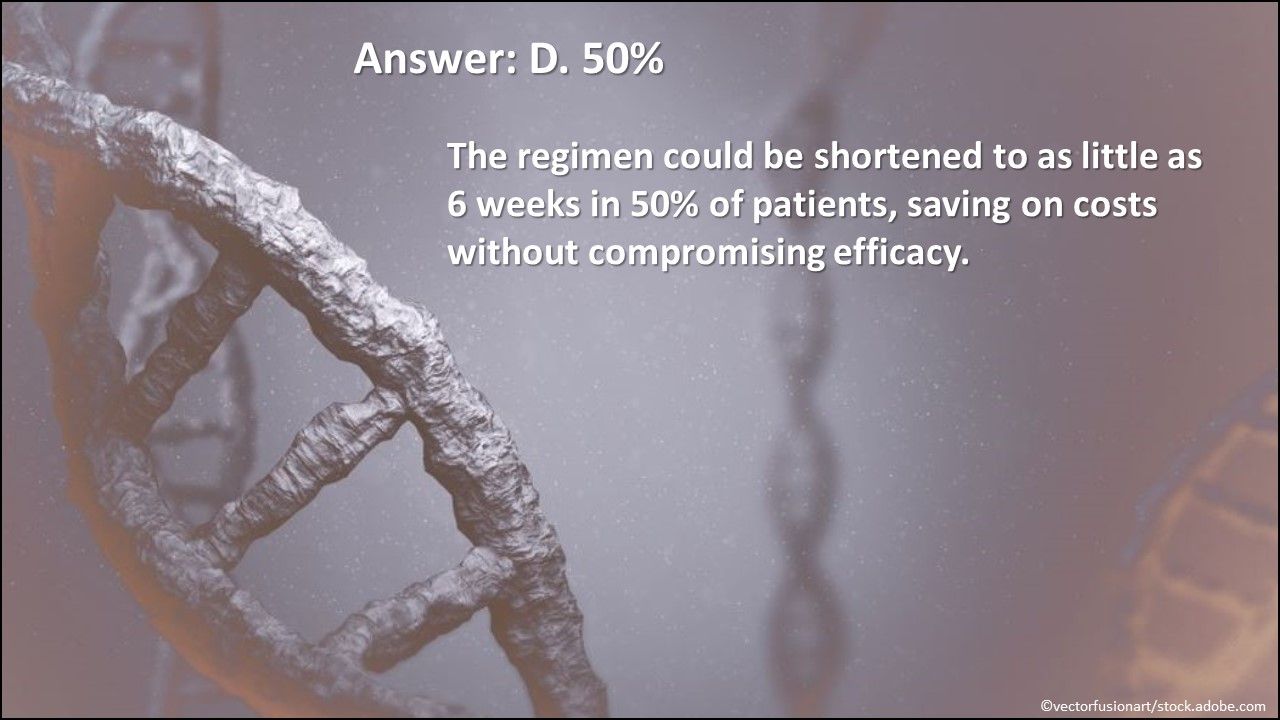
Answer: D. 50%. Authors of a proof-of-concept pilot study found that the regimen could be shortened to as little as 6 weeks in 50% of patients, saving on costs without compromising efficacy.
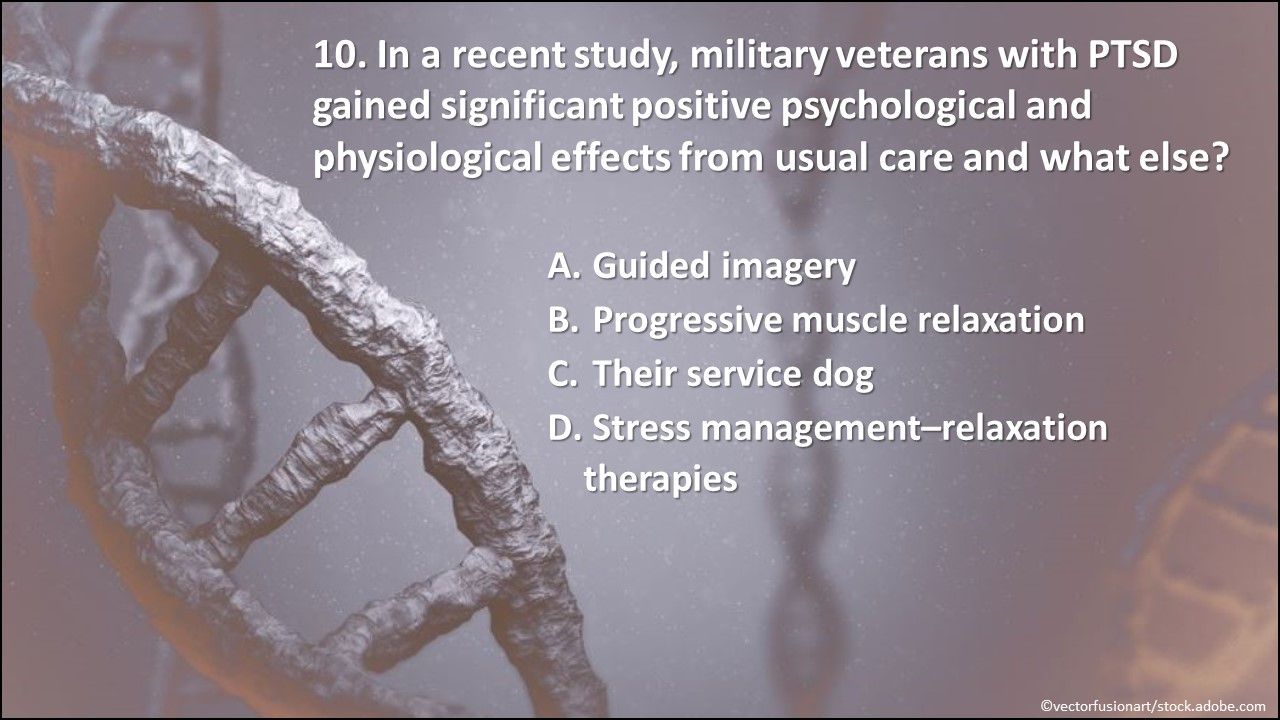
Question 10. In a recent study, military veterans with PTSD gained significant positive psychological and physiological effects from usual care and what else?

Answer: C. Their service dog. In a recent study, veterans who had a service dog reported significantly lower anxiety, anger, and sleep disturbance, as well as less alcohol abuse vs those who did not.
Things aren’t always what they seem, as in several recent studies, where new associations were reported and common assumptions were altered, or turned upside down, by surprising new findings.Take this 10-question quiz to find out what you know about conventional studies with unconventional findings.



